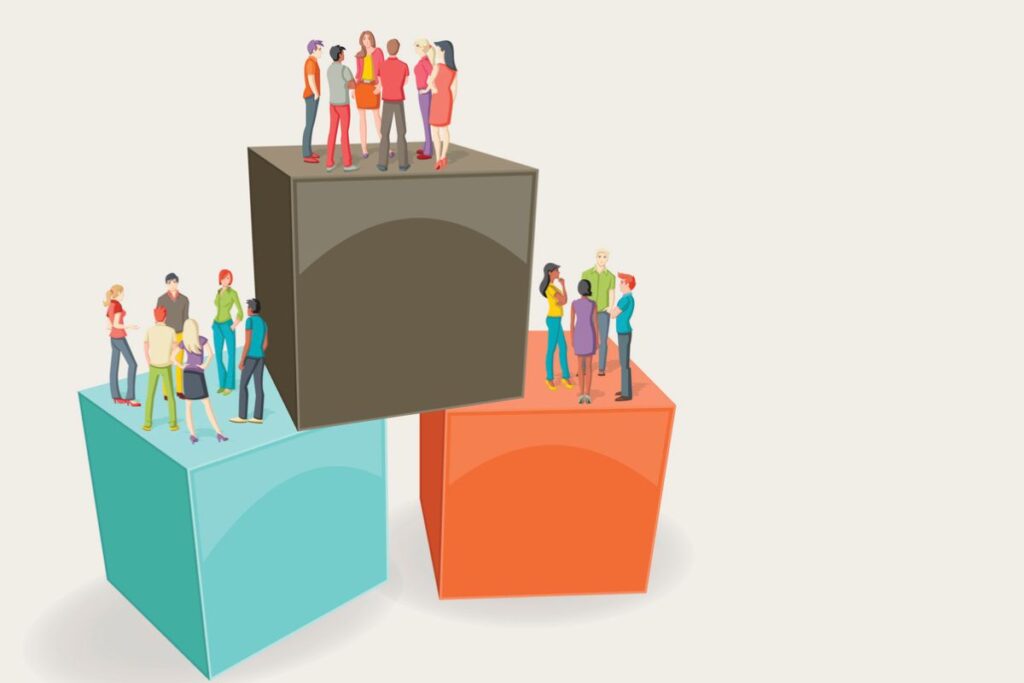Summary: Effective learning design values experience over stereotypes, blending technology and human connection to support every employee’s growth—no matter their age or background.
Rethinking Generational Stereotypes in Workplace Learning
Designing impactful learning experiences in today’s workplace means beginning with an open mind. Generational stereotypes often suggest that technology-enabled learning suits only younger employees, while instructor-led training is best reserved for those with more years in the field. These assumptions do not hold up when we examine how a workforce truly engages.
Across all generations in today’s organizations, employees demonstrate comfort and proficiency with digital learning tools. From online compliance modules to collaborative virtual workshops, people at every stage of their career access, complete, and benefit from technology-based content. At the same time, instructor-led training remains in steady demand. Individuals in every age bracket value the direct engagement, mentorship, and focused dialogue that come with a live facilitator or mentor. These experiences provide space for questions, discussion, and the development of richer contextual understanding—elements difficult to fully replicate with self-guided digital learning alone.
Relying strictly on generational templates overlooks the complexity of human preferences. Each person brings a unique blend of experiences and motivations. Some prefer to learn through hands-on interaction, others are energized by the autonomy of virtual environments, and many blend these preferences fluidly. The best curriculum development meets people where they are. They invest time in listening sessions, feedback loops, and close observation to uncover what best serves each individual and team. Learner-centered design replaces blanket assumptions, resulting in programs that engage, challenge, and support employees of all ages.
Lessons from “Zoom School”: The Impact on New Professionals
The last few years introduced a significant learning curve for those whose educational journeys hinged on remote instruction. During widespread lockdowns, a generation of students known informally as graduates of “Zoom school” shifted abruptly from in-person classes to entirely virtual environments. Many organizations now welcome these individuals as new professionals.
A nuanced reality emerges: participation in remote, sometimes asynchronous, education did reinforce digital skills for these employees, but it also shaped their expectations and preferences. Some express a pronounced desire for in-person, group-oriented learning. They articulate having missed face-to-face dialogue, spontaneous interactions, and the subtlety of communication that occurs naturally in shared physical spaces—elements they now seek in their professional development.
Old assumptions about younger workers’ desire for digital-only learning fall short. These employees, despite digital expertise, may prize in-person interaction more than their counterparts from older generations or, indeed, more than was expected prior to the shift. This finding serves as a reminder for organizations—a reminder to check assumptions and to consult directly with learners about their needs. Learner feedback, not age group, becomes the best indicator for instructional approach.
Building Empathy and Partnership Through Blended Experiences
The most effective learning environments draw employees of all generations into the same conversations, projects, and skill-building activities. When teams engage in shared experiences—whether in a classroom, a virtual workshop, or through a hybrid model—empathy takes root. Conversations shift from differences to discovery. Individuals exchange techniques, tell stories, and assemble collective knowledge that transcends generational boundaries.
Blended learning strikes a balance by combining the best of both worlds. Synchronous instructor-led sessions offer immediate interaction, clarification, and relationship-building. Digital modules and resources grant autonomy, flexibility, and access from anywhere. In these environments, participants are encouraged to learn from each other as much as from the content. Seeing colleagues’ approaches and hearing their perspectives challenges everyone to grow beyond their assumptions about age and capability.
The best curriculum design blends learning journeys in partnership with the organization. The design should be hands-on from discovery through delivery and ensure that environments are welcoming, inclusive, and optimized for building trust. A deliberate formation of mixed-generation cohorts in learning environments means that wisdom, innovation, and support are shared widely, creating networks of learners that sustain organizational momentum.
Mutual respect naturally emerges in spaces where participation, not age, determines value. The resulting culture is one in which learning is perceived not just as a means to an end, but as a collaborative, shared process, strengthening teams and developing a more agile organization.
The Ongoing Investment in Lifelong and Inclusive Growth
Professional development does not end with a promotion, a tenure milestone, or an anniversary. Employees at every stage of their journey continue to absorb, adapt, and contribute—and deserve learning environments that keep pace with their ambitions and needs. Lifelong learning, at its heart, is about supporting the full spectrum of human talent. It is about building pathways that evolve alongside employees, offering resources that are accessible, practical, and applicable to real-world challenges.
Learning and development staff bear a responsibility to deliver not only content, but inspiration and relevance. It requires providing tailored opportunities that resonate across all backgrounds, roles, and levels of experience. An effective L&D partner invests in the success of every learner, in the goals of each organization, and in the values that define healthy, inclusive workplaces.
Through continued dialogue, creative collaboration, and an unwavering focus on people, organizations can move past generational labels and provide ongoing, effective growth opportunities for everyone. The greatest results come from building environments that encourage employees to participate in and shape their own learning journeys. This creates organizations that are not only skilled, but also united—prepared to face any challenge together.

